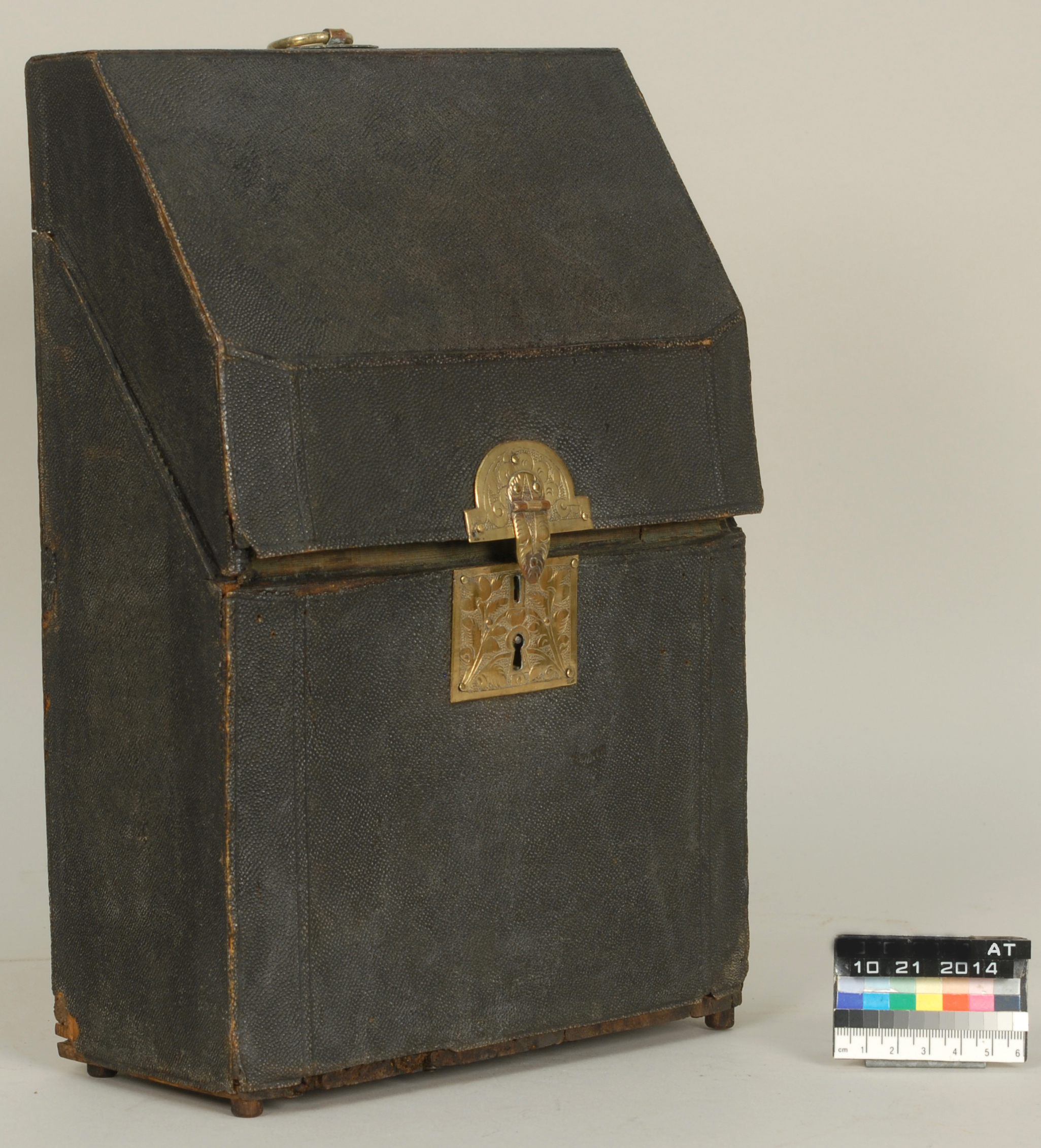CONSERVATION SERVICES
Why choose and art conservator instead of a restorer? Conservators are bound by a strict Code of Ethics of the American Institute for Conservation. An art conservator has extensive training in science, art history, studio art, technical examination, and museum preservation methods. Conservators have extensive knowledge of the materials of art production and their degradation, as well as in-depth knowledge of the most up-to-date methods to properly examine, restore, and preserve them. Conservation is not just about masking damage. It is an approach that includes stabilization, possible aesthetic restoration of damage, and creating a system for long-term preservation of each individual artifact. A conservator documents each treatment with photographs and a written report of the work performed.
What does a conservation treatment include? First the object is examined by the conservator. A condition proposal will be prepared with a description of the object, its condition, and a treatment proposal for the work to be performed. If the proposal is accepted, a treatment will include photography before the treatment, the conservation treatment, photography after the treatment, and a written report of the conservation work.
Galante Art Conservation Services
Why choose and art conservator instead of a restorer? Conservators are bound by a strict Code of Ethics of the American Institute for Conservation.
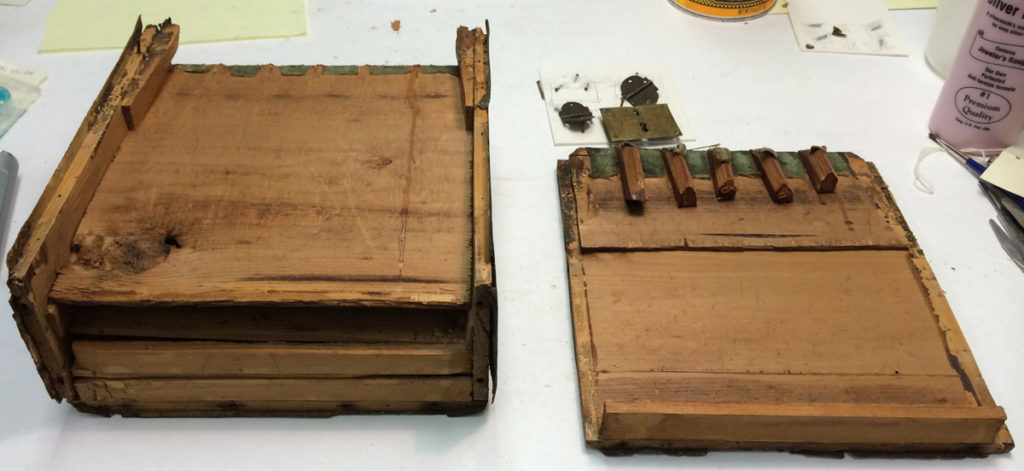
Museum-quality conservation treatment of sculpture, decorative art, furniture and historic artifacts
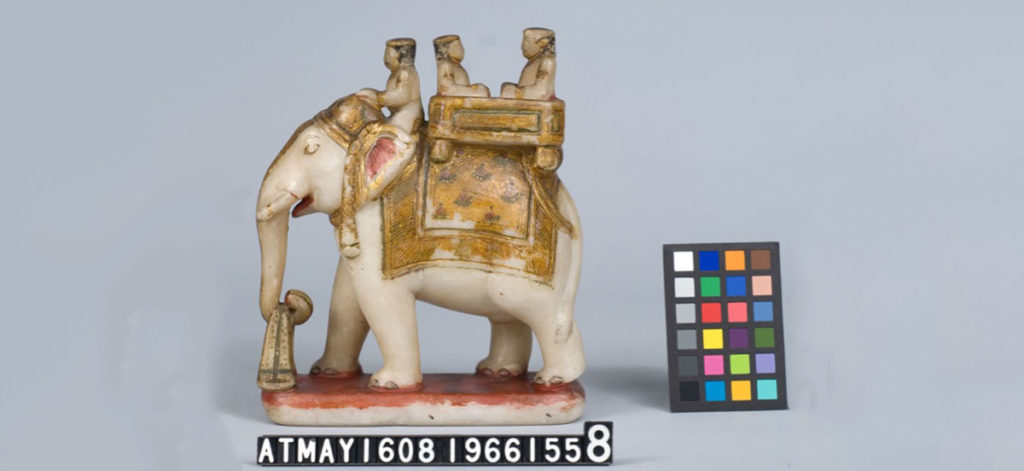
Works with museums and private clients to restore the integrity of fine art and personal treasures

Performs examinations and assessments of art and artifacts
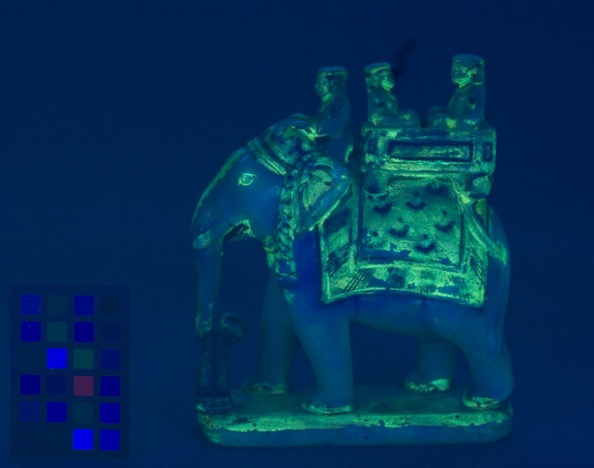
Prepares condition reports and photographs of artwork
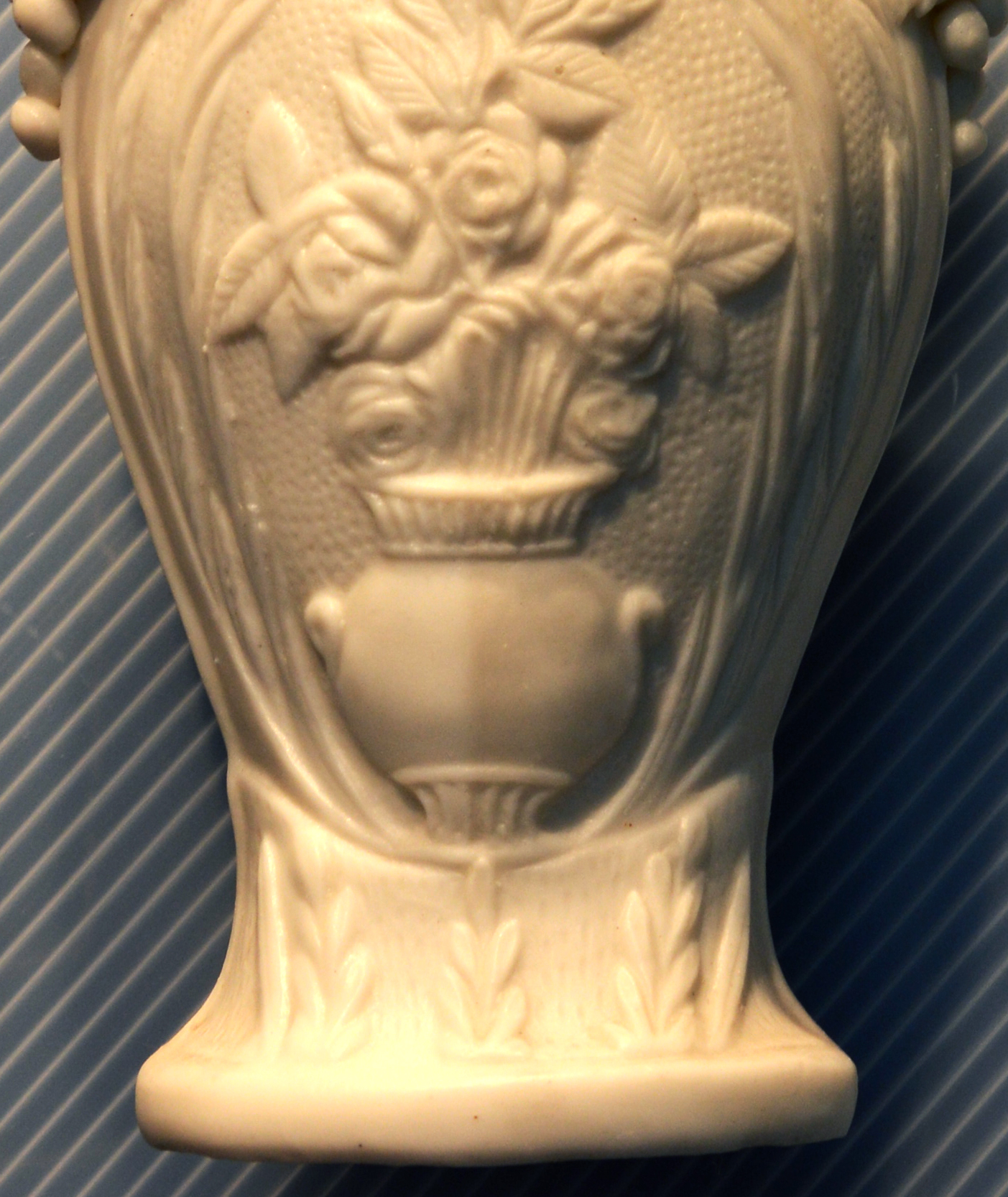
Performs preservation surveys of collections
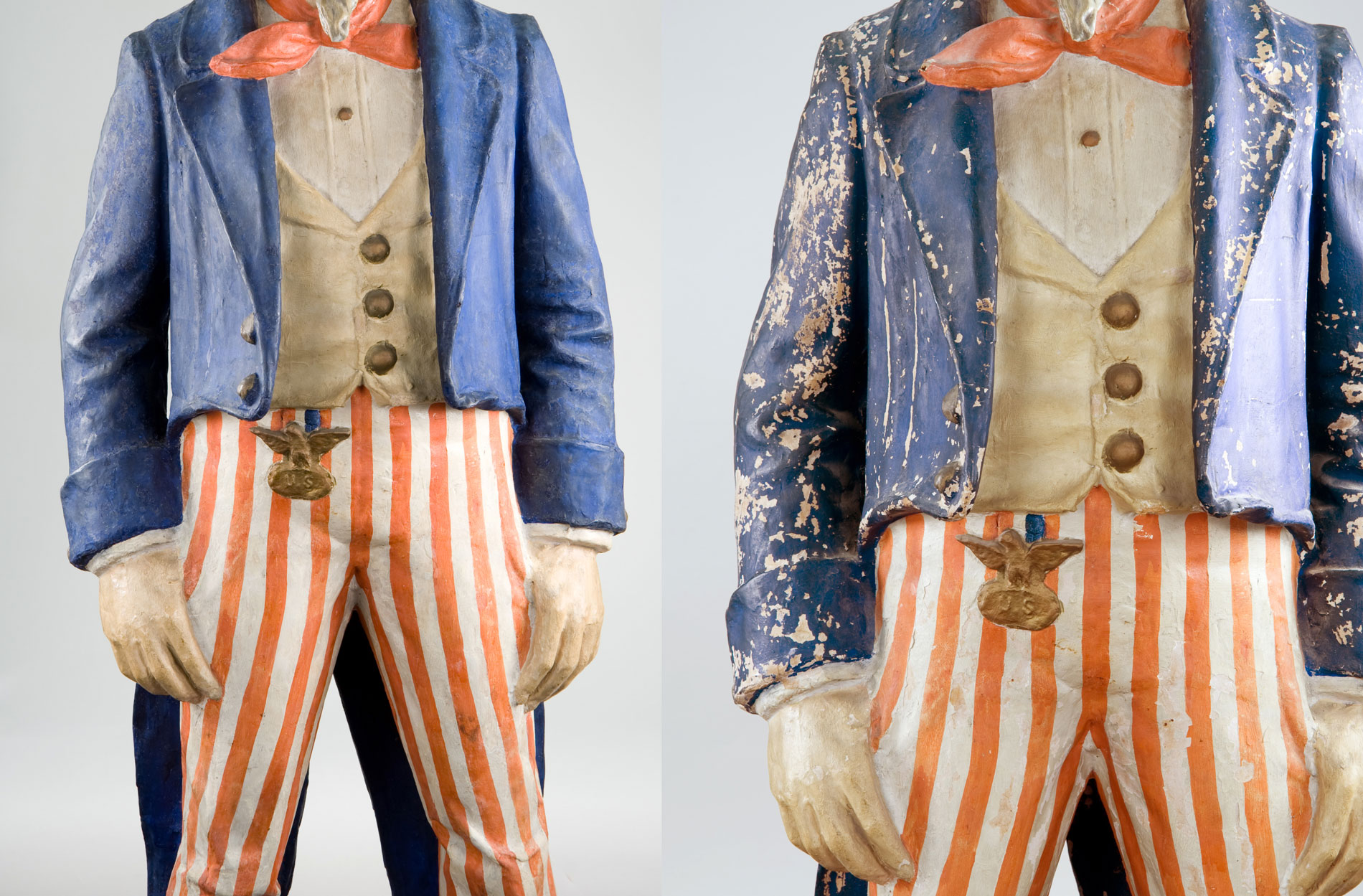
Consults with museums and collectors to determine preservation systems for museums and homes

Provides exhibition consultation
